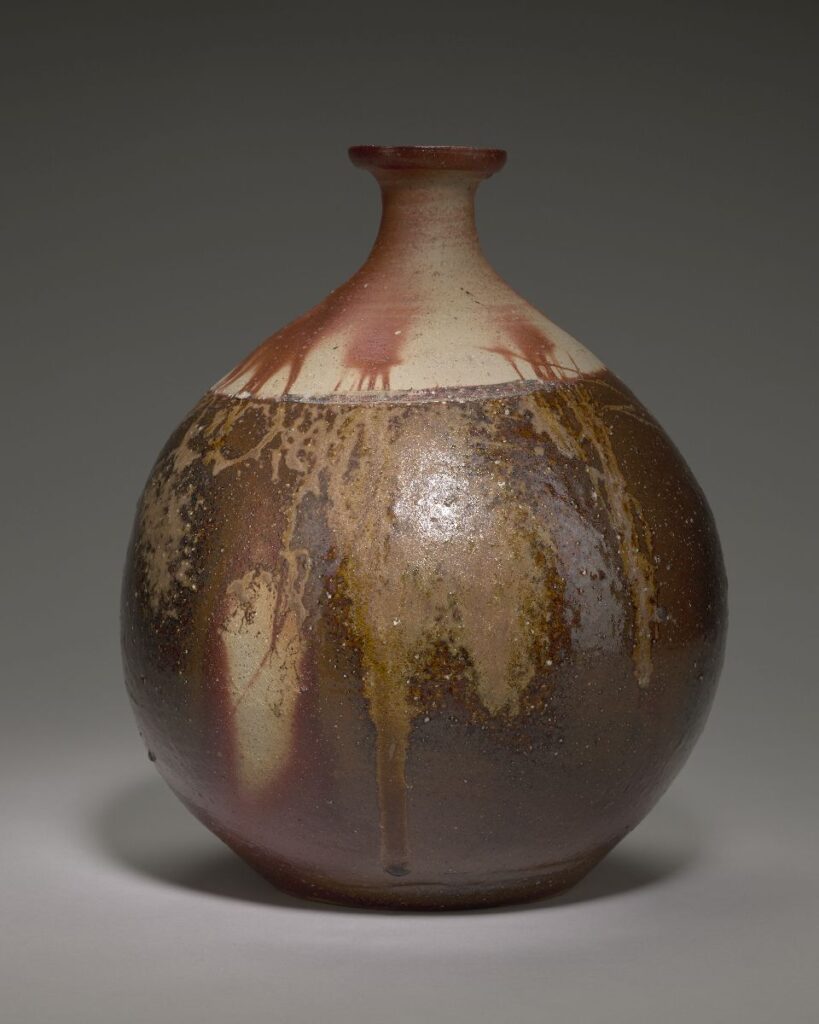
Gift of Carol and Jeffrey Horvitz
No other form of ceramics has been more synonymous with the notion of ‘Japanese Clay’ than Bizen pottery, one of Japan’s six pottery traditions. For centuries, the reddish-brown unglazed utensils created in the village of Imbe in the Bizen region have been used by millions of Japanese people, who admire then for their simplicity and raw mingei quality. Imbe has been one of Japan’s most celebrated centers for the production of ceramic ware, made in local clay and fired in local wood. There were times when thousands of ceramicists worked in Imbe, attracted to its iron-contained soil. But today, as the clay fades away, only approximately 300 potters still work in the village.
Now that the Minneapolis Institute of Art has opened an exhibition devoted to this unique pottery—Bizen: Contemporary Expressions of an Ancient Japanese Pottery, which seeks to explore the story of Bizen from the 16th century to the present day—it is time to look into this long and fascinating tradition and its legacy. Most of the Bizen vessels are shaped on wheels and before slowly wood-fired in enormous stone kilns called anagama kilns. In fact, potters typically works for a year, preparing the pieces before using the kiln once a year. Those kilns consist of a firing chamber with a firebox at one end and a flue at the other, shaped like an enormous sloping tunnel, fueled with an enormous amount of wood. The interior of these kilns are constructed as a series of chambers that hold the pottery during its two-week-long firing process while the wood ash settles on the clay and forms a natural, warm-hued glaze. The pottery is then cooled over another two weeks. The finish of each piece is determined by their position within the kiln, so master potters can predict the results by the path of the flames.
Last year I fulfilled my dream of visiting Bizen and got to witness the way in which artists today create contemporary sculptures and sculptural functional objects while utilizing traditional methods and the famed local clay. I had the pleasure of visiting the studios of two of Imbe’s most celebrated artists: Isezaki Jun, who was named National Living Treasure for his mastery of the craft and for his role in reviving the nearly-lost ancient Bizen technique in the decades following the WWII; and Kakurezaki Ryūichi, who has famously utilized the traditional methods when creating exquisite and poetic sculptures in his own voice. This trip was not only memorable and moving, but also an incredibly effective and valuable way to become educated in the state of Bizen ware today.
This exhibition is a rare opportunity to see Bizen ware, as well as a way to marvel at the way in which Japanese craftspeople today create contemporary ceramics while respecting their heritage.

The Louis W. Hill, Jr.
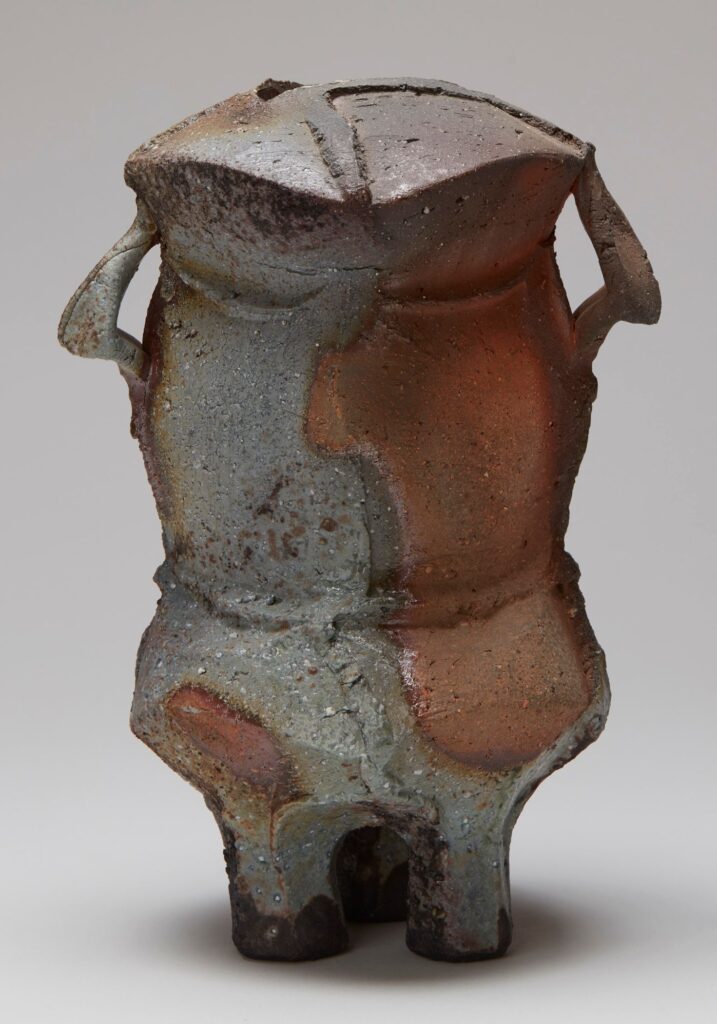
Bizen ware; stoneware with natural ash glaze; Gift of Joan B. Mirviss in memory of Frederic B. Wells III.
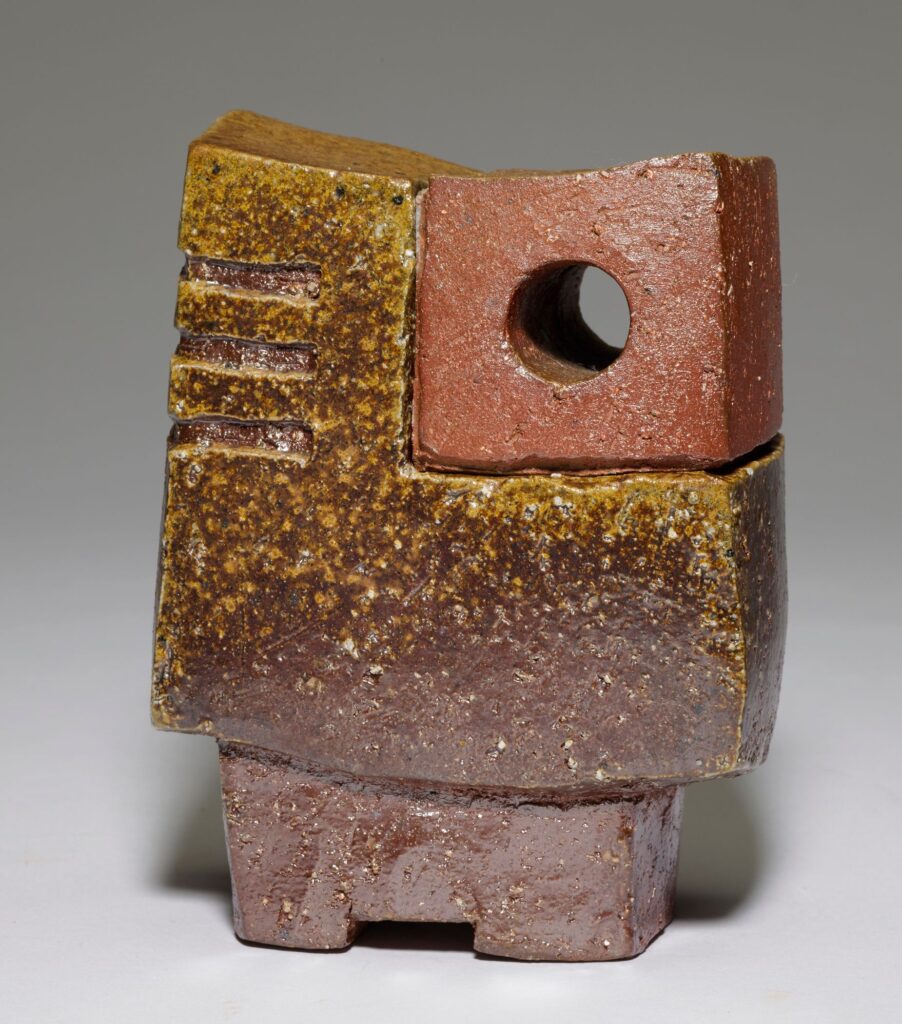
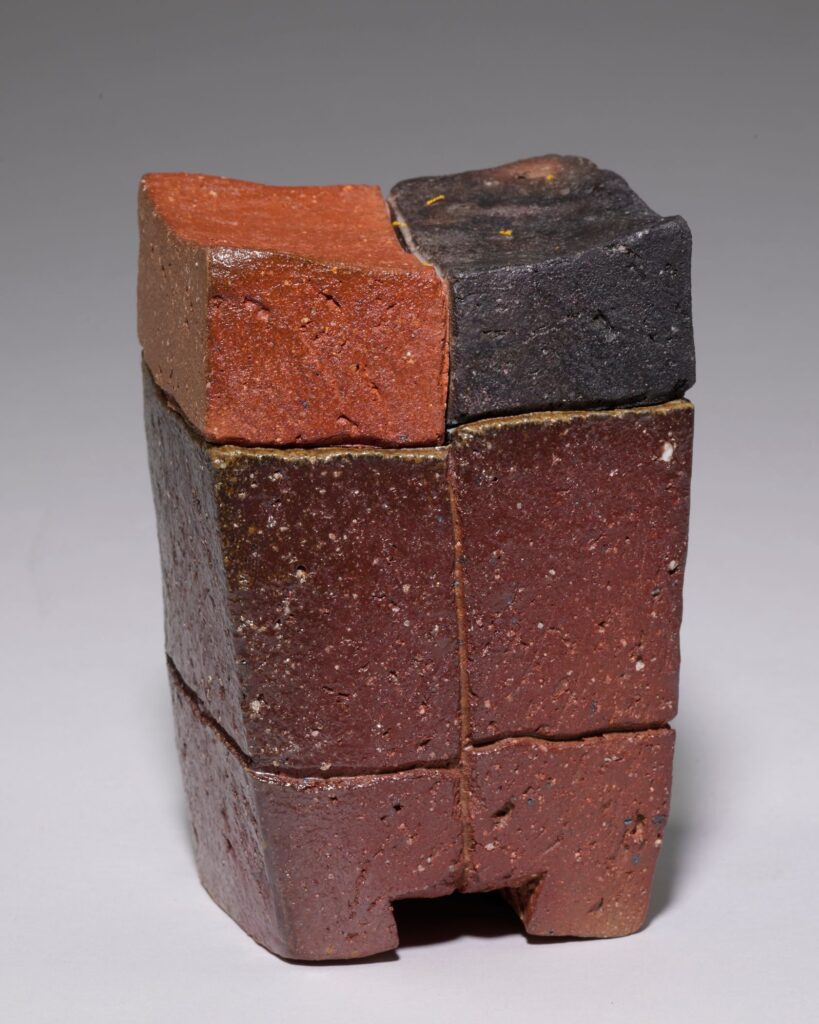
Gift of Harold and Margaret Sims.
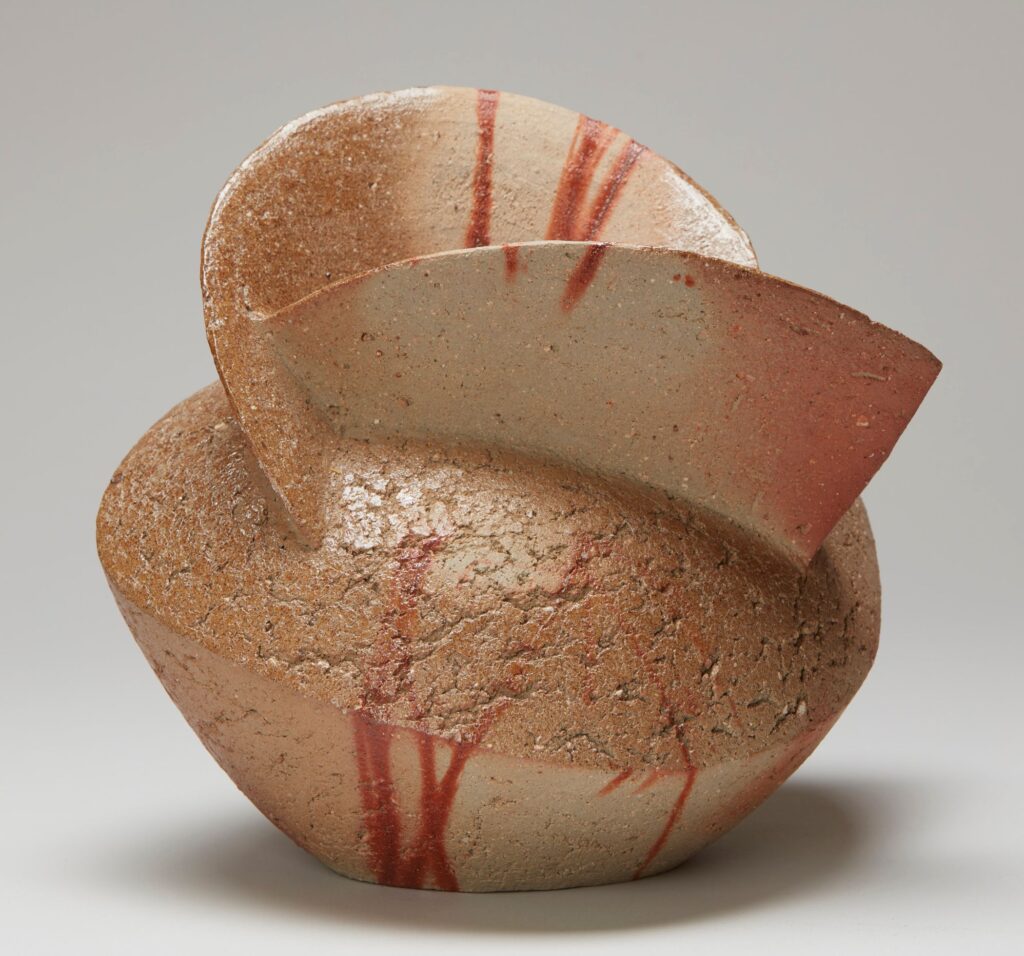
Gift of Carol and Jeffrey Horvitz.
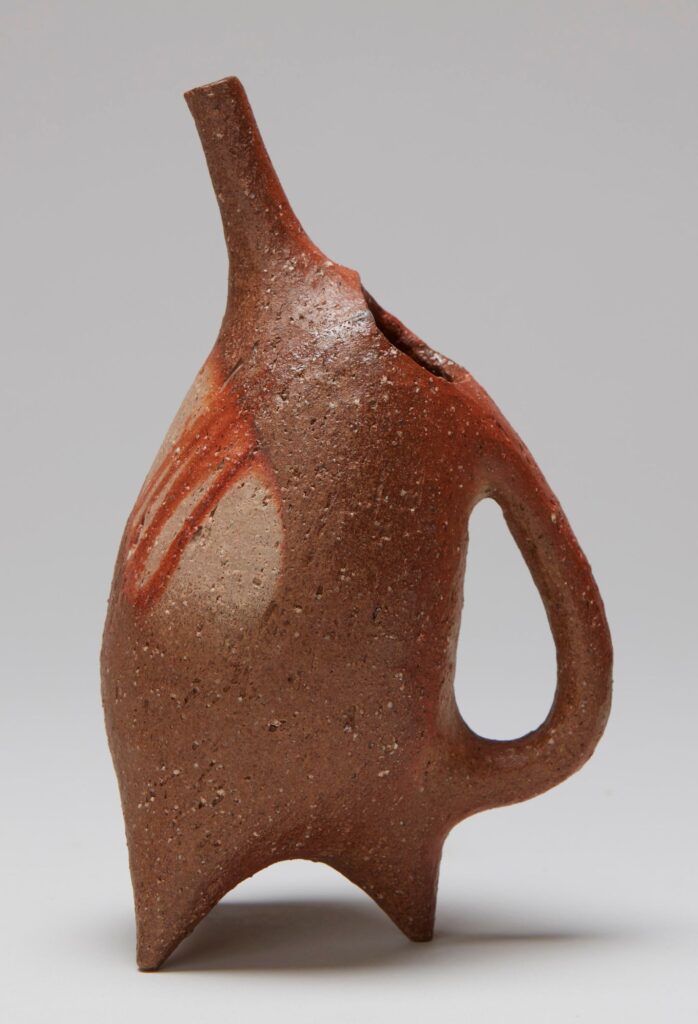
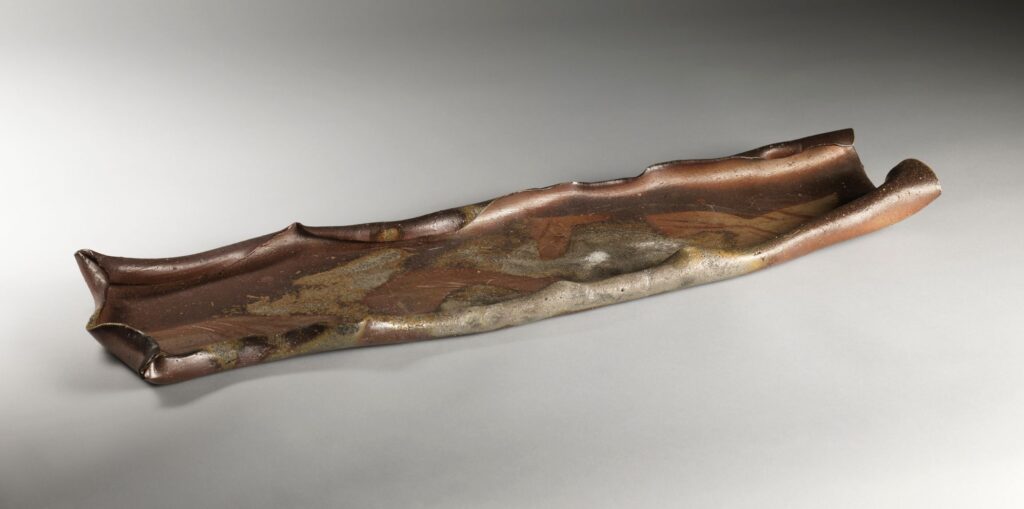
Mary Griggs Burke Collection, Gift of the Mary and Jackson Burke Foundation.
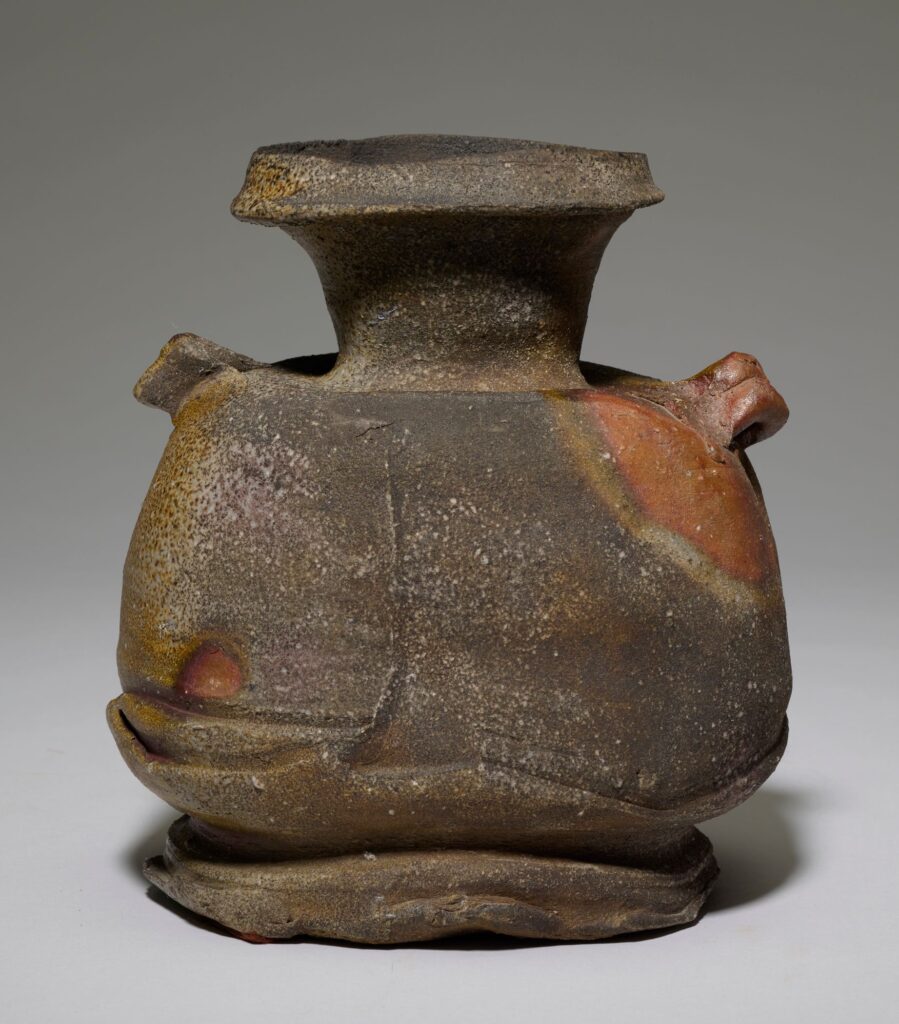
Gift of Harold and Margaret Sims.
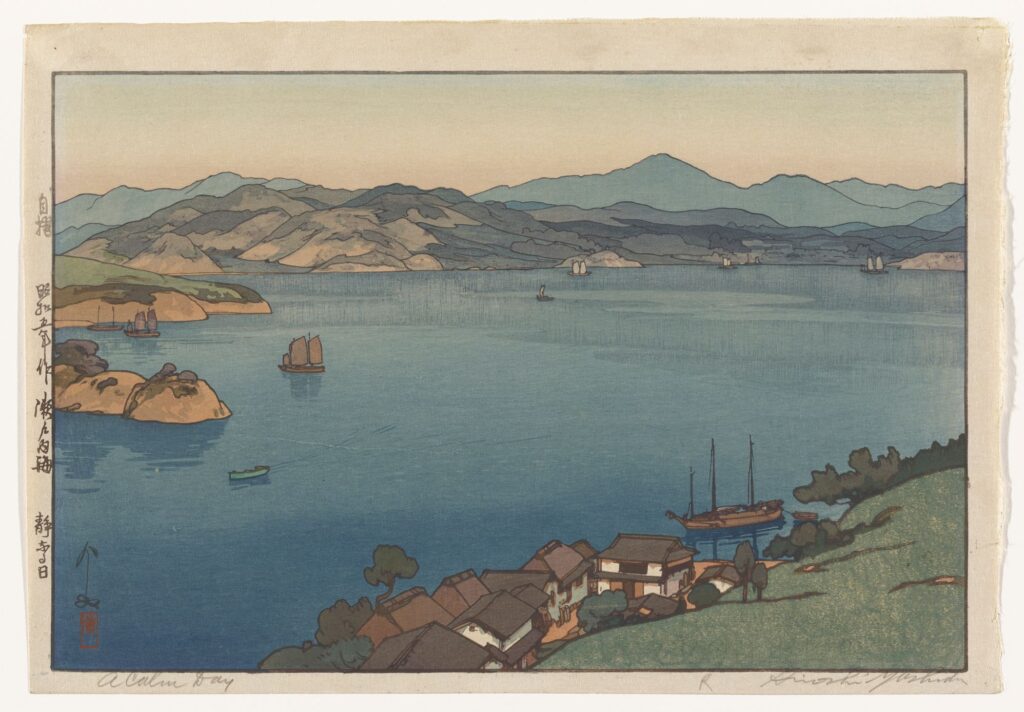
Gift of the Clark Center for Japanese Art & Culture; formerly given to the Center by H. Ed Robison, in memory of his beloved wife Ulrike Pietzner Robison .
